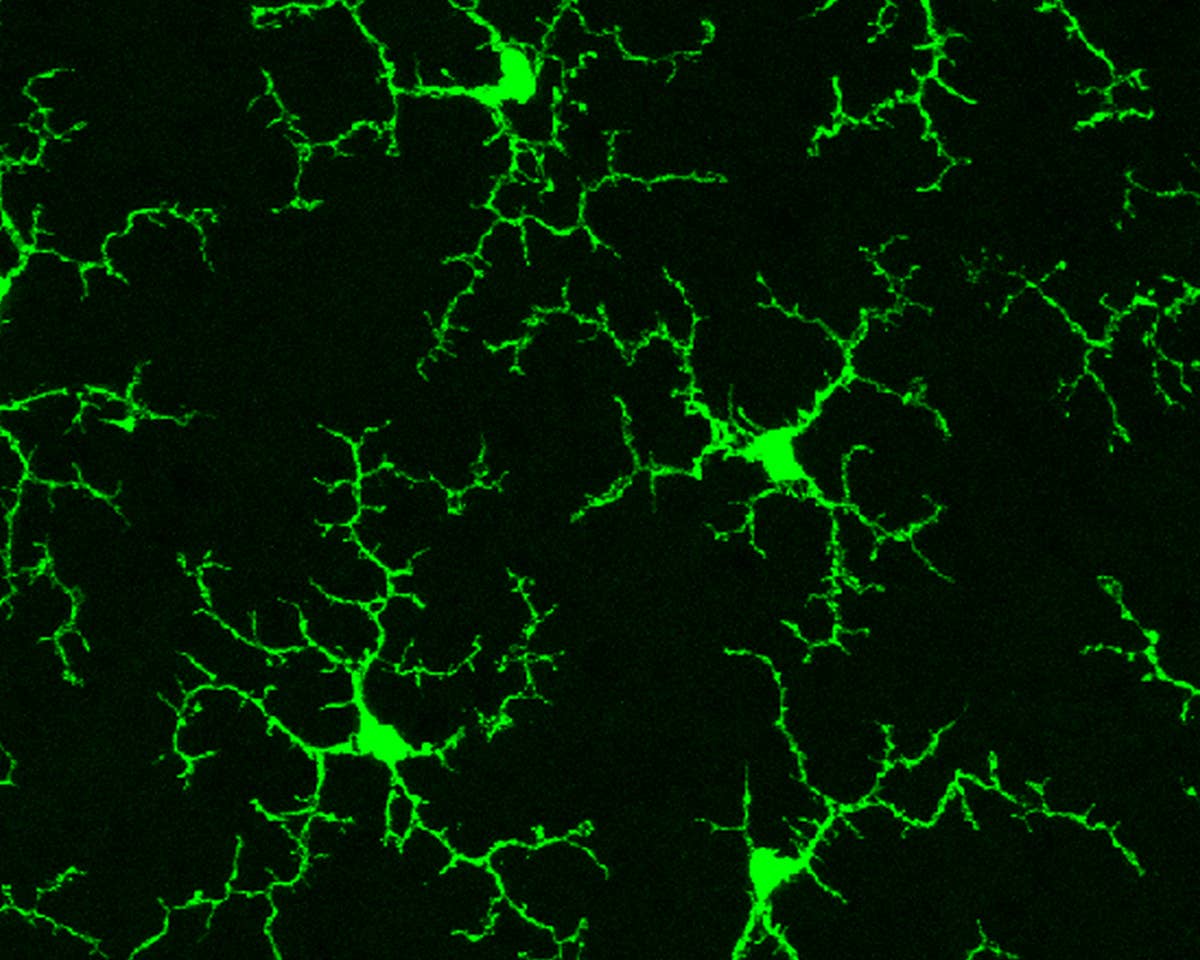This Translucent Skull Implant for Mice Could Help Scientists Unravel the Brain’s Mysteries

Share
With half their skulls replaced by translucent 3D-printed implants, the mice looked straight out of a science fiction movie. Yet they nosed around, ferociously ate their chow, and groomed as usual. Meanwhile, sensors spread across half their brains recorded electrical chatter.
Brain implants have revolutionized neuroscience. Our perception, thoughts, emotions, and memories all rely on electrical signals spreading across networks of neurons. Implants tap into these signals and—often with the help of AI—can rapidly decipher seemingly random electrical activity into intent or movement.
So-called “mind reading” devices translate brain signals related to speech into text, allowing people who’ve lost their ability to speak to communicate directly with loved ones with their minds. Others tap into motor regions of the brain or nerves in the spinal cord and help people with severe paralysis to walk again. Neural signals, alone or combined with eye movements, can even control cursors on a computer screen, re-opening the digital world to paralyzed people for texting, Googling, and scrolling through social media.
These devices are beginning to transform lives for the better. But all rely on the answer to one critical question: How does the brain support those functions? So far, each implant has focused on a small brain region underlying a given capability—controlling vision or movement.
But many of the brain’s functions rely on signals, or brain waves, that spread across multiple regions and synchronize electrical activity. The height and frequency of the waves—some come fast and low, others slow and high—change the brain’s overall function.
Scientists can measure these waves, but like a camera with low resolution, they can’t explain how the waves are generated, propagate, and eventually die down.
In a new study, the custom-fitted transparent implant described above replaces the skull in mice, offering a way to, literally, peek into the brain in search of answers.
The Evolution of Brain Probes
Neural implants have been around since the 1980s. The idea is simple. The brain uses electrical and chemical signals to process information. Electrodes can tap into the electrical communications. Sophisticated software then deciphers the neural code, potentially allowing us to reprogram it and tackle neurological symptoms when the code breaks down.
There are a few ways to make it work. One is to directly record individual neurons—often in rodents—to see which activate when challenging a mouse to a task. Another technology records large-scale brain activity from beneath the skull. This approach sacrifices resolution—we no longer know how each individual neuron behaves—but paints a broader picture.
The challenge is how to combine resolution and scale. A previous attempt relied on multiple high-density electrodes inserted into the brain. Called Neuropixels, each implant is a powerhouse with over 5,000 recording sites packed in a tiny, durable package. “Extremely large numbers of individual neurons could…be followed and tracked with the same probe for weeks and occasionally months,” the authors of a paper about the implant wrote at the time.
But to measure brain-wide activity, scientists have to place multiple Neuropixel devices across the brain. Each requires drilling through the skull and could harm the plastic-wrap-like structure, known as the blood-brain barrier, that protects the brain. Damage from these surgeries often compounds, triggering inflammation that could change how the brain works for weeks with an increasing risk of infection.
So far, scientists have inserted up to eight implants to record activity in mice as they went about their lives or participated in experiments. While they gained news insights, scientists struggled to keep the mice healthy after multiple surgeries. In other words, it wasn’t the Neuropixel implants causing problems—it was all the brain surgeries.
Might there be an alternative?
A 3D Replacement
To avoid multiple surgeries, the Allen Institute team behind the new study developed an implant that covers nearly half a mouse’s brain.
Called SHIELD, the implant looks a bit like molded Swiss cheese. The scaffold is carefully contoured into a shape that perfectly mimics the skulls of young mice.
Be Part of the Future
Sign up to receive top stories about groundbreaking technologies and visionary thinkers from SingularityHub.


Then comes the customization. The SHIELD scaffold can accommodate up to 21 small insertion holes for Neuropixels. Scientists can strategically choose where to put the holes to record from multiple brain regions of interest. The implant is then printed with resin, a viscous liquid often used in everyday 3D printing.
“The SHIELD implant is straightforward to fabricate in-house, using a commercially available and relatively low-cost 3D printer,” wrote the team.
Once printed, each hole is temporarily filled with transparent silicon rubber. Like a flexible windshield, the rubber protects delicate brain tissue during implantation. The SHIELD then replaces half of the skull in a single surgery.
It sounds traumatic, but the team made sure the procedure didn’t harm the mice’s health or brains. Images of their brains at multiple time points over two months after surgery showed little damage in most mice, who went about their merry business after a short recovery period. Brain inflammation levels also stayed low during the study.
Here’s how it went. The mice watched one of eight photos flash before them continuously and then learned to lick a treat when the photo switched. During the test, six Neuropixel implants recorded brain activity related to the task. The position of the implants changed every day for four days, altogether collecting neural signals from roughly 25 different brain areas.
Another test dug into the potential underpinnings of brain waves first discovered in the 1920s. These neural oscillations, called alpha waves, are associated with restful and meditative states. In humans, brain waves are usually monitored using a beanie-like cap covered in electrodes that can record most brain regions. With the help of AI, Neuropixel recordings from across the brain homed in on signals resembling alpha waves.
Overall, the team made stable, high-quality recordings from 25 mice, with 467 probe insertions across nearly 90 different experiments.
“Thus, this work goes beyond mere proof of concept,” instead providing a solid recipe for recording across dozens of brain regions and thousands of neurons over multiple days with a single initial surgery, wrote the team.
And there’s a final perk. Because SHIELD is translucent, scientists can tweak brain activity using light. This approach, called optogenetics, alters brain activity with flashes of light—either amping it up or turning it down—giving scientists insight into the neural underpinnings of thoughts, emotions, and memories.
The authors shared 3D printing files of the scaffold for other scientists to design their own custom implants.
Dr. Shelly Xuelai Fan is a neuroscientist-turned-science-writer. She's fascinated with research about the brain, AI, longevity, biotech, and especially their intersection. As a digital nomad, she enjoys exploring new cultures, local foods, and the great outdoors.
Related Articles

Refreshing the Brain’s Immune Cells Could Treat a Host of Diseases

Time Doesn’t Really Flow—Your Brain Just Makes You Think It Does

How Will the Universe End? The Dark Eternity That Awaits Us Trillions of Years From Now
What we’re reading